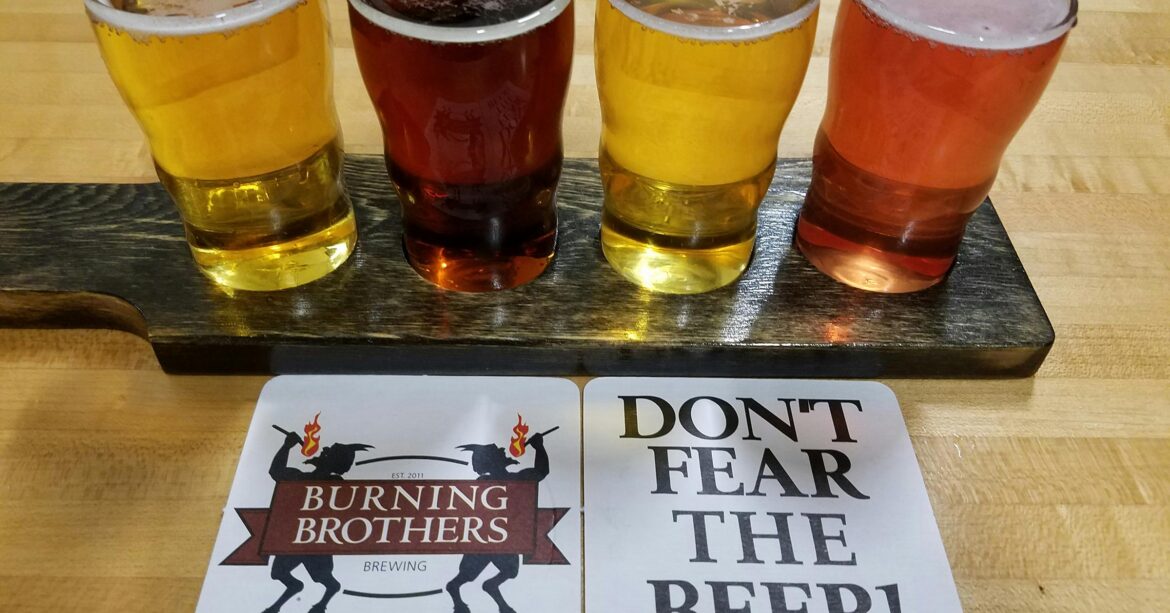There weren’t a lot of resources for gluten-free brewers back then, either. “The joke we always make is that we wrote our own book,” Foss said. “When we were getting started this was all by gosh, by golly. We were experimenting is really what it came down to.”
Through experimentation, they have honed their process to better utilize the available ingredients.
“I think the big one is we’re utilizing the yeast better,” Foss said. “Yeast is very scientific, but the research is all centered around barley. The big thing that Dane has picked up on over a decade of doing this is to see where the differences are with gluten-free grains.”
For Breimhorst, it all comes down to taking care of each of the ingredients the way they need to be taken care of.
Another big change: the wider availability of ingredients. “There used to be one gluten-free maltster,” Breimhorst said. If he wanted grains other than sorghum, he had to malt it himself, which he did on a small scale. Now there are several domestic and imported malts, and access to a range of rice malts, millet and buckwheat. With all the non-gluten grains now available, nearly every style of beer is within reach.
You’ll still find their inaugural beer, Pyro American Pale Ale, on tap, along with IPAs, Irish red ale, radlers, coffee ale and rotating flavors and styles.

